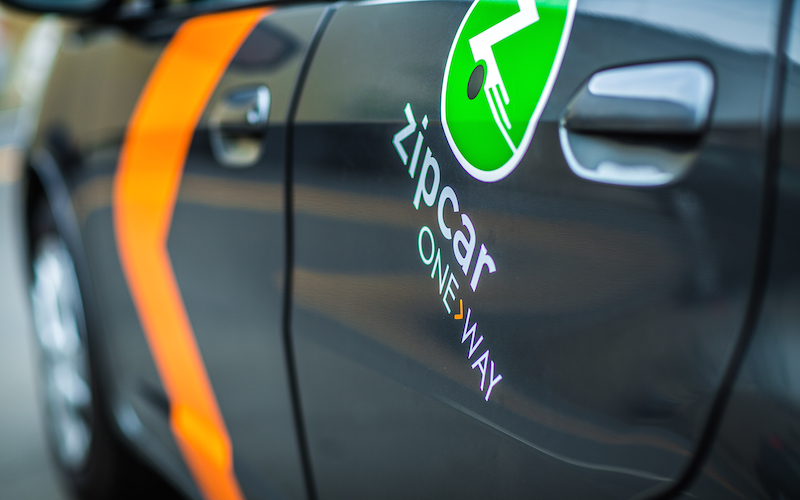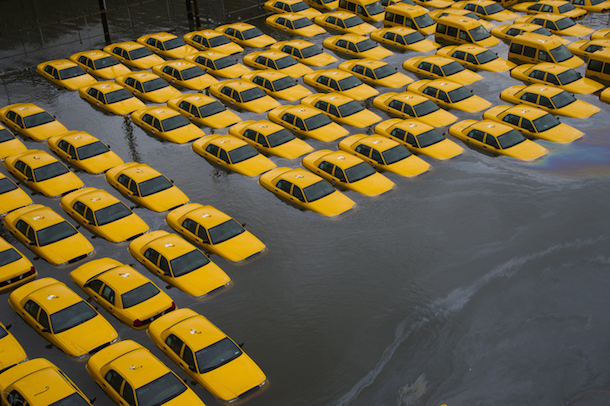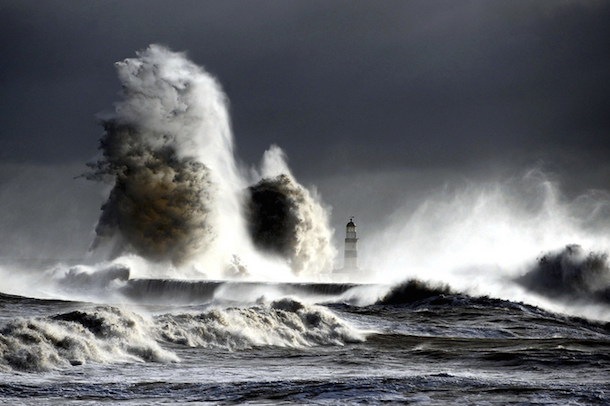
Climate Awakening
As the Paris UN climate summit nears, the halls of power in Washington and other major cities around the world are abuzz with activity. Diplomats, climate specialists and others are jostling for attention amidst media preoccupations with more “pressing” matters such as trans-Atlantic trade under the TTIP negotiations, combating a resurgent terrorism, and a new chapter in the Greek economic tragedy that has yet again raised the very real specter of a Grexit. Against this backdrop many worry that this year’s climate change moment will be lost.
Outside of the halls of power, diplomacy and the security apparatus, there is a subtle, if imperceptible shift, in the market heralding a climate awakening. Those favoring grandiose solutions to the very real challenges posed by climate change will find no victory with the advent of true market-based solutions to climate risk. For one, these shifts in the market are brought forth without presidential degree and signing ceremonies.
Rather they are brought about the same way each economic revolution occurs – with the inexorable drive among entrepreneurs, engineers and planners tackling the immediacy of problems with practical solutions for which the market is willing to pay.
It helps that the more comfortable members of society now have firsthand experience with the once amorphous “not in my lifetime” climate reality scientists have been warning about. Never has there been an issue so dire wanting for a communication strategy.
When one man tries to blow up an airplane with his shoes, the whole world takes their shoes off at airports. However infinitesimal the risk of a shoe-borne airline calamity, we will subject ourselves to inconvenience on a grand scale when the economic costs are linear and fear becomes real. One such climate change shoe dropped when New York’s emergency managers put sandbags around the floor of the New York stock exchange and now must contemplate the very real costs of building flood walls to protect New York City from once unimaginable risks. Sandy and Irene before it, which was a near miss of Sandy’s proportions, are now part of our climate sample and are not merely consigned to the labs or weather models of scientists, but on the streets of Manhattan and up and down the East Coast of the United States.

Some mega trends are working in humanity’s favor. For one, we are in the age of Homo Urbanus – with more of humanity living in dense urban environments. While this ecosystem produces strains on the environment and intensifies resource demands, it also exposes many more people, in whose adaptation climate resilience lies, to the line of site of extreme weather events. 5 years ago it would have been unthinkable to see London’s ubiquitous ‘Boris Bikes’ on the streets of D.C., or New York. But for economic and business model reasons (not for the sake of being “green”), this mode of urban transport is flourishing. Uber, Zipcar and D.C.’s hive of Smart cars, Cars2Go, are enabling urban dwellers to forgo car ownership all together. Hybrids and all-electric innovations are not only common place, they are increasingly cool and mainstream. So, while diplomats and politicians grapple with not losing climate’s big moment in Paris, a veritable ‘climate standards war’ is being waged in the market giving the world hope that at last we are marshaling market-driven economic ingenuity to make a business out of solving climate change.
Once upon a time the words corporate social responsibility (CSR) were shunned in corporate boards who naively viewed dealing with myopic shareholder interests as the only business interest…all other stakeholders would be taken care of from there. Today, CSR or, more simply managing against a triple bottom line of economic, social and environmental factors, is not only common place, it is the source of competitive advantage for many firms. The garment industry serves as a prime example of how quickly an interconnected and flat world can punish corporate social irresponsibility – even when it is carried out by sub-suppliers in a global chain.
The collapse of the Rana Plaza building in Bangladesh not only impacted share prices in the garment industry worldwide, it triggered ‘vicarious liability’ because the garment tags of global brands were found in the ruble. Even though these firms did not own the building or the subcontractors, they could not wash their hands of the lost lives and reputation risk. Similarly, Apple showed leadership by being among the first global technology companies to publish worker and other standards for its global supply chain. This not only defanged some of the pressures Apple was facing from lax or nonexistent standards at Foxconn, its inextricably intertwined Chinese suppliers and it also (in a rare move) used transparency as a source of competitive advantage.

In short, just as it took about 30 years to move CSR from nice to have in business to a need to have, being ‘green’ is on a similar pathway. Entire industries have cropped up devoted to energy efficiency. Economic breakthroughs are afoot in virtually every aspect of the so-called ‘green’ economy. And while many of these micro-battles in the climate standards war may go unseen in Paris, a whole generation of business leaders and entrepreneurs stand to create a lot of real economic value by making it a business priority for the world to stay in business.
For sensible solutions to emerge from governments around the world, the economic costs of climate risks can no longer by “transferred” away by government subsidies and national catastrophe insurance programs that amplify moral hazard – which is risk taking with our risk bearing. Why would you build a house in Tornado Alley with anything other than “bricks and sticks” if following each disaster the true cost of rebuilding is not carried by the communities that are affected? Similar grandiose market making schemes have failed to produce real change. So as the Paris climate change summit nears, there is a sense that an opportunity is being missed and should be tempered by the gradual climate awakening is occurring in the market. The real opportunity cost is for business leaders not to seize this moment.
